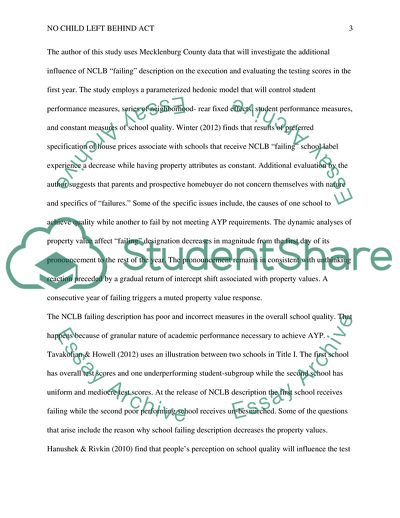Cite this document
(No Child Left Behind Act Research Paper Example | Topics and Well Written Essays - 1500 words, n.d.)
No Child Left Behind Act Research Paper Example | Topics and Well Written Essays - 1500 words. Retrieved from https://studentshare.org/education/1850897-no-child-left-behind-act
No Child Left Behind Act Research Paper Example | Topics and Well Written Essays - 1500 words. Retrieved from https://studentshare.org/education/1850897-no-child-left-behind-act
(No Child Left Behind Act Research Paper Example | Topics and Well Written Essays - 1500 Words)
No Child Left Behind Act Research Paper Example | Topics and Well Written Essays - 1500 Words. https://studentshare.org/education/1850897-no-child-left-behind-act.
No Child Left Behind Act Research Paper Example | Topics and Well Written Essays - 1500 Words. https://studentshare.org/education/1850897-no-child-left-behind-act.
“No Child Left Behind Act Research Paper Example | Topics and Well Written Essays - 1500 Words”. https://studentshare.org/education/1850897-no-child-left-behind-act.


